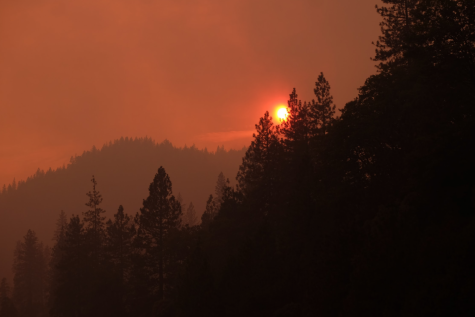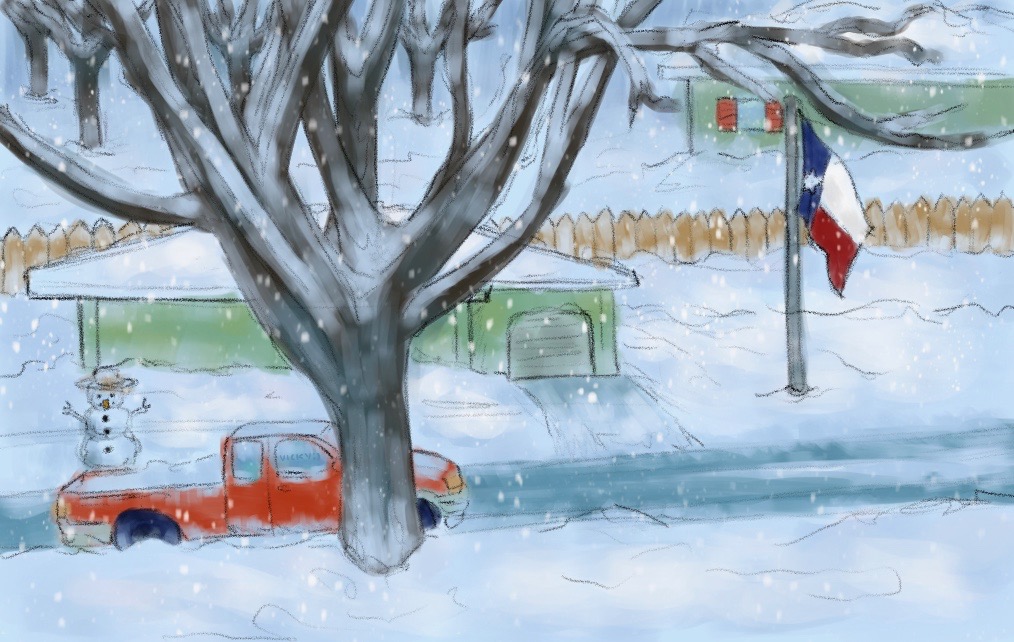Climate Change Takes Texas by Storm
April 15, 2021
A few short weeks ago, Texas experienced a Jurassic change in its weather. In February, their high temperatures usually fall in the 60- to 70-degree F range, but this year, temperatures dropped to 23 degrees below zero for days, causing cars to freeze leading to military soldiers helping citizens push their cars to safety, streets were covered in snow, icicles were forming inside people’s homes, and many homes water pipes broke, causing flooding inside their homes.
The radical weather resulted from climate change, part of the same global weather weirdness that leads to fires, floods and other extreme situations in other places throughout the year.

“We are going to have forest fires like last summer, last year we couldn’t exercise because of the bad air quality,” said Physics teacher Craig Young, who tries to teach about and raise awareness of climate change. “If oceans rise, we will be affected by it, East Palo Alto could be under water.”
Some Eastside students and teachers take climate change seriously and hope to do things to improve the problem. Craig promoted a day-long County program for middle and high school students. The program taught students ways to improve the world and prevent and decrease the damages climate change causes. The program brought in inspirational speakers as well.
“The Program is run by San Mateo County,” Craig said. “They learn about climate justice, ways on how it won’t affect our community, and how to reduce the impact of climate change.”
The extreme weather in Texas from Feb. 13 to 17 was the coldest in more than 40 years. Evaporation increased and temperatures dropped, and the combination led to snowstorms that left more than five million people with no power for more than three days.
The extreme weather drew coverage from newspapers and other media across the country, telling stories of what it was like for Texans living there at the time and describing the economic impact on the state.
The Dallas Morning News on Feb. 21 quoted Camille Garcia, a communications director for the Insurance Council of Texas, sharing her thoughts on the devastation as it was unfolding.
“This storm, which isn’t over as many parts of the state are still experiencing snow and sub-freezing conditions, will probably be costlier than Hurricane Harvey, which amounted to $19 billion in insurance claims or about $20.1 billion adjusted for inflation,” she said.
